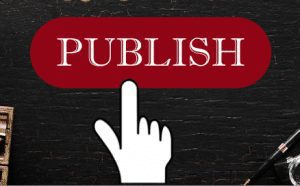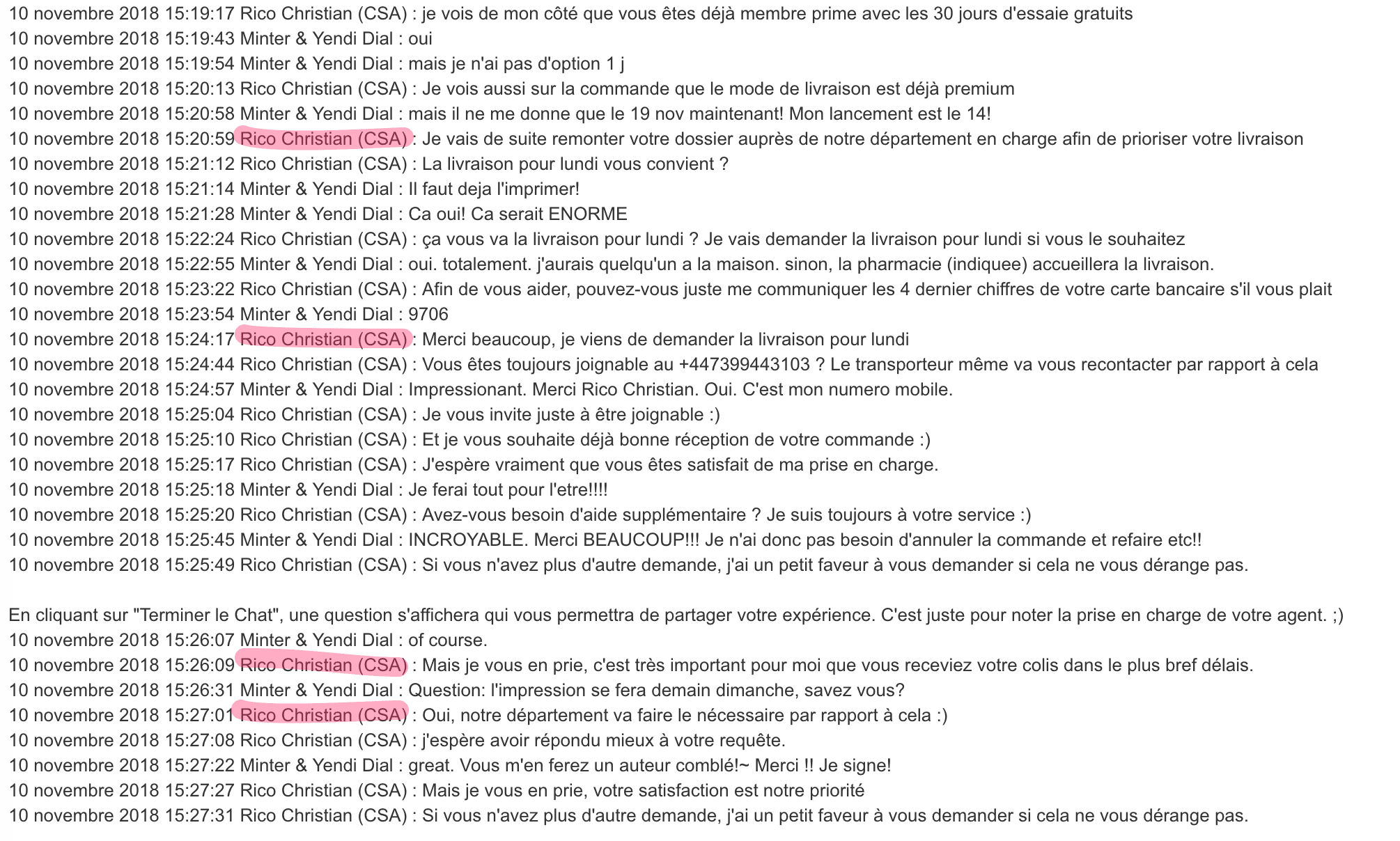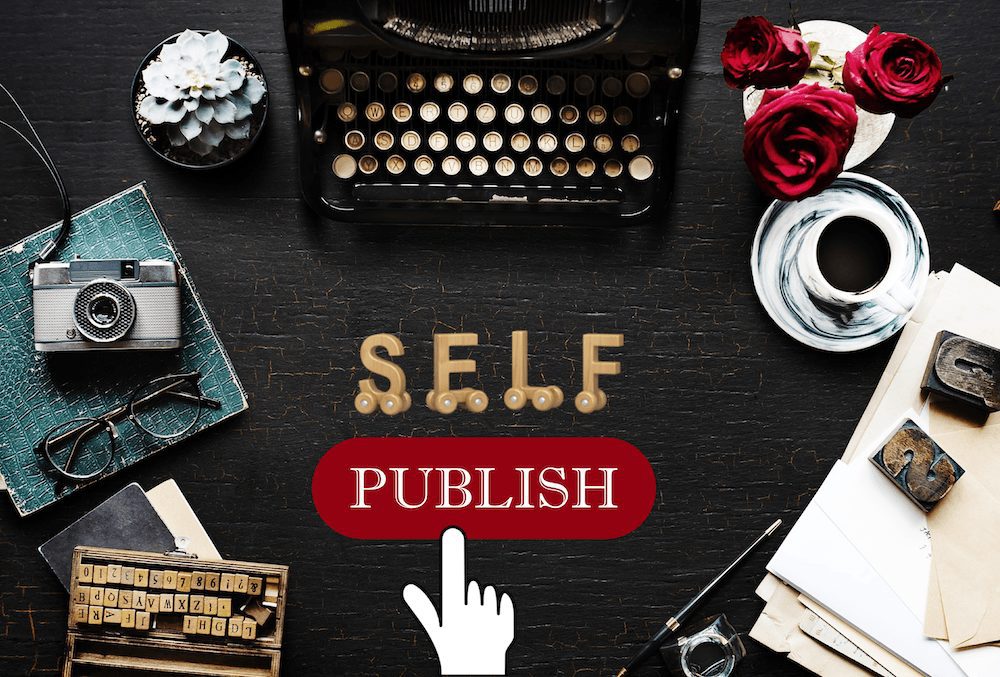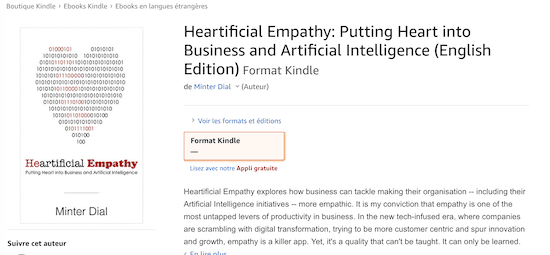 The prospects and possibilities of self-publishing are entirely fascinating. Now that I have written and published three different ways, I can conclusively say that none is perfect. And there’s no magic beyond hard work (and cash) in all cases. Moreover, I’m still trying to figure out how to become an international best seller.
The prospects and possibilities of self-publishing are entirely fascinating. Now that I have written and published three different ways, I can conclusively say that none is perfect. And there’s no magic beyond hard work (and cash) in all cases. Moreover, I’m still trying to figure out how to become an international best seller.
My first book, The Last Ring Home, was self-published, but with a strong support team in the form of Page Two (whom I heartily recommend).With a concerted effort, we got the book out from start to finish in 11 months. My second, Futureproof, was published by Pearson (FT Imprint). This one took 22 months from start to finish, exactly double with Page Two. Then, this summer, I found myself with a gap in my agenda and a subsequent quandary: to pursue a publisher or to self-publish. Purely based on the timeline, I could not fathom the tortuous process of going after and agreeing with a publisher, much less the 2-year timeline. Moreover, since I conceived of the third one as a “mini-book,” I didn’t think I would need an editor. Thus, I went with the self-edit and self-publish route on Amazon. So, here are some of the lessons I’ve learned in self-publishing my latest “mini” book, Heartificial Empathy, Putting Heart into Business and Artificial Intelligence (it’s due out officially mid December).
The Amazon Self-Publishing Route
I’m not going to describe the full process of how to self-publish on Amazon Kindle Direct Publishing (KDP), except to share a couple of key insights and share my experience with KDP’s customer service. For context, the Heartificial Empathy manuscript was a bit over 30,000 words. I had around 15 illustrations/images to include (N.B. These need to be made in 300 dpi). I wrote the text in Microsoft Word.
- It’s much simpler just to publish on Kindle than to publish the paperback (esp because of the cover and internal formatting requirements).
- As a rule of thumb, it’s a good idea to have a strong framework and structure. My hot tip is to make use of Word’s title styles that enable you to provide clearly delineated chapters and a hierarchy of sub-titles. Amazon’s systems are friendly to Word’s formatting.
- On pricing, Amazon incites you to put your Kindle book at under $10, for which they provide up to a 70% margin. If you price it over $10, the margin drops to 35%. This effectively means that there is likely quite the hole in the market for Kindle books priced between $10 and $19.98 (assuming authors shoot for the same gross margin).
- When you want to publish a paperback or hardcover book with Amazon, you need to make sure to get your images up to 300 dpi. For the cover, you need to be particularly attentive to the layout (once you’ve chosen the size).
- Caveat Emptor: You have little control or guarantee on the publishing date of your paperback book. You can’t be certain of Amazon accepting your manuscript, considering all the formatting issues. For the Kindle version, it’s much simpler.
- Once you have done the work on the different formats (Kindle and paperback), you will want to keep further edits to a minimum. Unless you have major edits to do, you don’t want to go through the pain of figuring out the right formatting all over again.
- Surprisingly, I was unable to find great resources online to help you figure out what’s best for me. Despite the myriad videos out there, it was hard to find good ones that helped solve my problems. The best advice I have is to find an experienced self-publisher and buy them a couple of rounds in exchange for their tips and tricks.
- While I didn’t initially hire an editor, that was a mistake! Having an external editorial eye is key to ensure a quality output.
- Amazon’s KDP customer service is not Amazon’s usual amazing customer service.
Amazon’s Unamazing B2B Customer Service
My HUGE disappointment in the process was with Amazon’s customer service. As much as Amazon’s B2C customer service experience is generally awesome (especially surprising considering the scale), the customer service on the author publishing side (Amazon.fr) has been darn near a catastrophe. I suffered through a series of failures, not least of which has been the inability to deliver my books on time for the launch in Paris. Here is how Amazon’s KDP customer service team came up short:
- Despite having only one book and the same concern in multiple chats, the agents needed to be told over and again the issue… even though they clearly have a record of all the prior exchanges. In my case, the contact was via chat. And the two times they called me on the phone, it was as if the agents were calling from a wind tunnel the sound quality was so bad.
- The email service is equally mediocre. They only provided standardised (e.g. rote) responses that did not consider or include the exchanges I had had in other channels. To my specific question whether my Kindle version would be listed and priced in the Amazon.fr store, they just said that it’s available in a dozen Amazon stores around the world (which they took the pain to list, albeit without the URL to my book). As you can see below,as of publishing this post, the Kindle version still doesn’t have a price in the French store:

- The agents provide varying levels of service and efficiency.
Whereas Amazon B2C customer service chat uses AI (“Sona”), the KDP customer service on Amazon.fr is 100% human (and I guess offshore). The coup de grâce, which entirely felled my experience, was the exchange I had with an agent called Rico, who promised that the book would be delivered on time. I include the verbatim of the chat (even though it’s in French) as it proves black on white that the agent in question clearly promised that the book would be printed and delivered on the Monday, that’s to say two days before the launch on the 14th. Rico’s key comments are highlighted. You can click on the image and zoom in for easier reading!

The incriminating part was that, as the conversation closed, Rico was ever so keen that I should rate him. My suspicion is that Rico was being pressured to increase his rating. Having made multiple assurances and promises to me, I of course rated him as superlative. Delighted, I then went ahead and booked the catering for my launch event. However, when I saw toward the end of the same day that the date on the Amazon system showed delivery on 16-19 November (i.e. 2-5 days after my launch event), I checked in again with Amazon Customer Service. Another agent then told me that the delivery could not be made as Rico had indicated. I was, therefore, quite disappointed.
The good news is that, as part of a transparent system, Amazon was good enough to send me the transparent of this famous Rico. As a result, I was able to verify what he had wrongly claimed. Of course, does that mean that Amazon will do anything for me? No. Meanwhile, it leaves me feeling that even the mighty Amazon still has room to go to become a truly customer centric organisation and that they clearly suffer from silos that don’t communicate with one another, just like most mortal companies.
Bottom line: The first time you self-publish, you’re bound to have teething problems. I’d feel emboldened to try it again if I had the courage to write yet another book! Who knows. Meanwhile, here’s the listing of Heartificial Empathy on Amazon if you care to check it out.
If you’d like some advice or wish to start a conversation on the process of self-publishing through Amazon KDP, please drop in your thoughts and/or questions below!













Trackbacks/Pingbacks